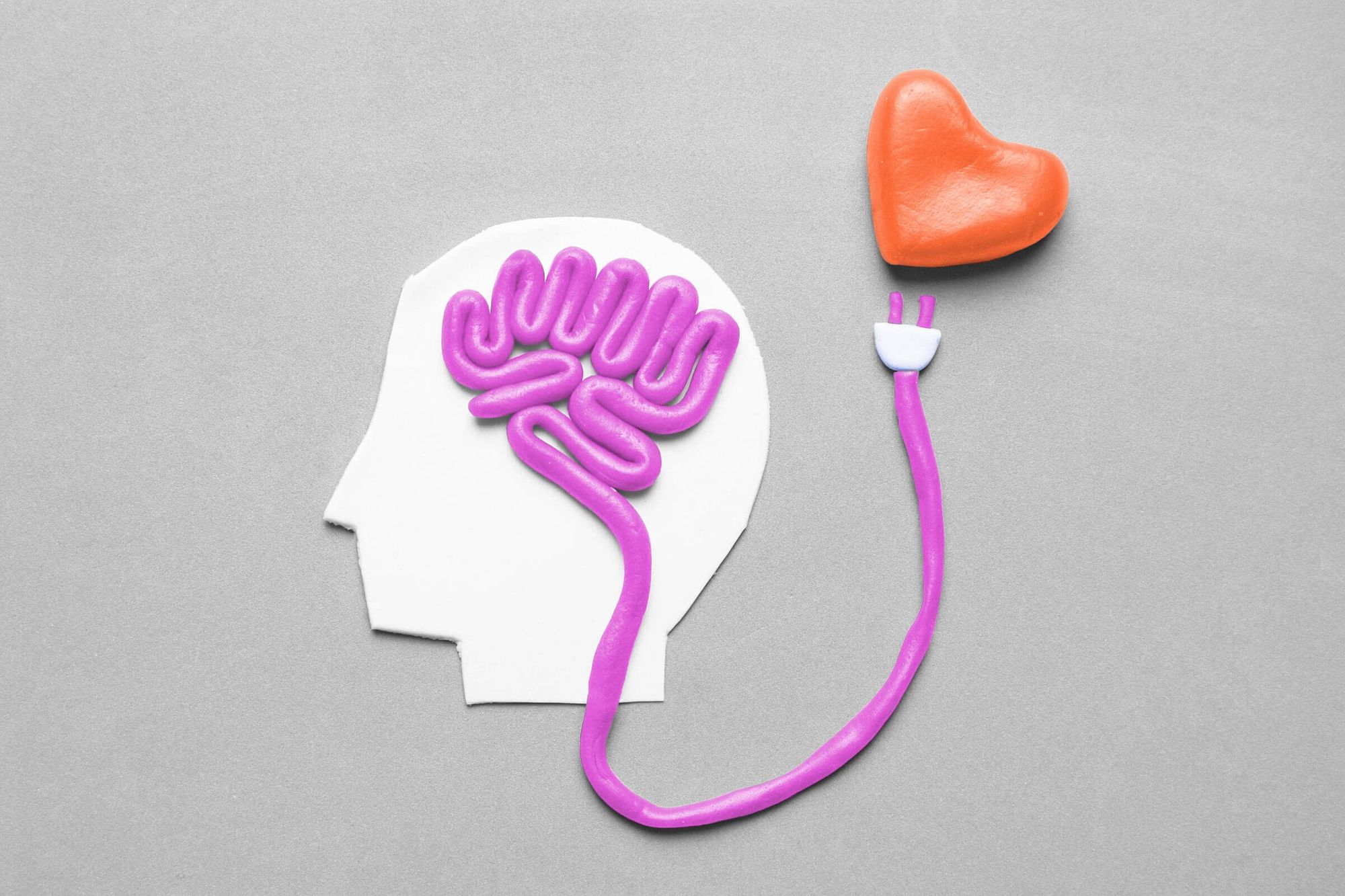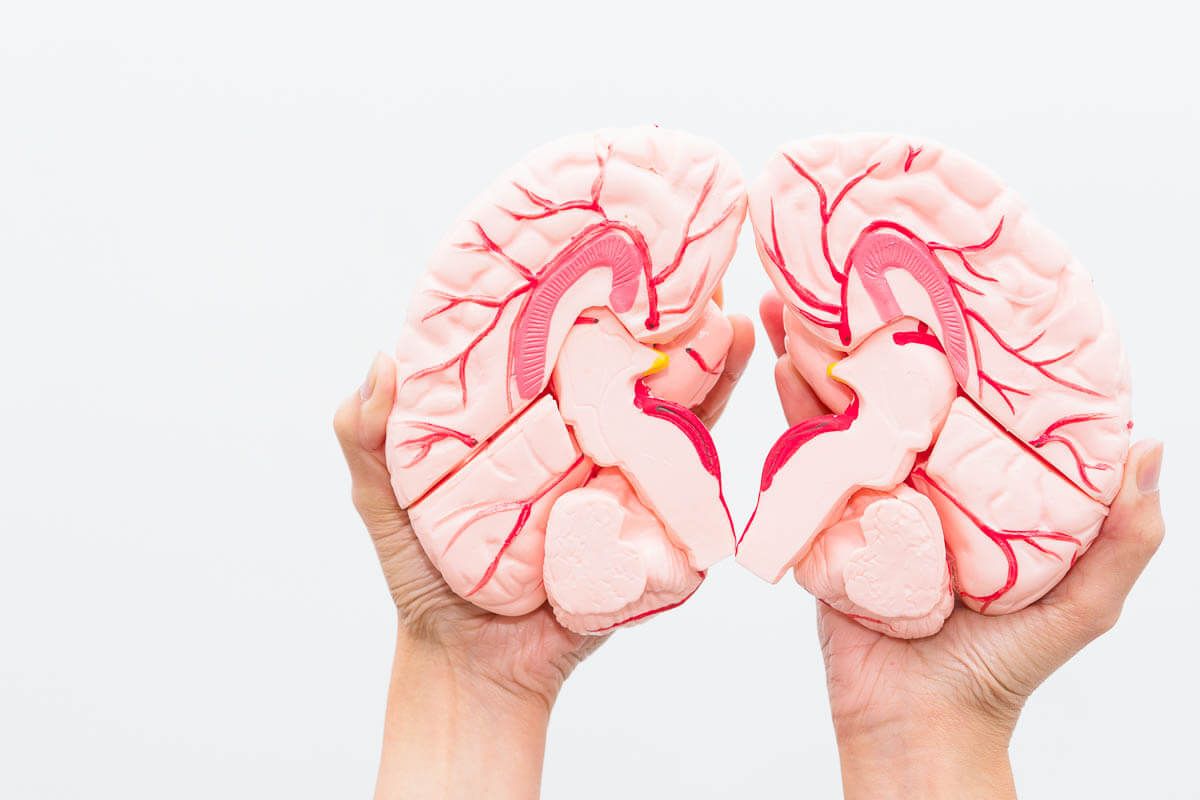

Neuroscience was once considered a subject so technical that even other kinds of scientists avoided it. But as it became a leading discipline, it sparked wide public interest, fed by books promising that it would solve age-old problems like how to get rich (Your Money and Your Brain: How the New Science of Neuroeconomics Can Help Make You Rich), whether we have souls (The Spiritual Brain: A Neuroscientist's Case for the Existence of the Soul), and why men and women act differently (The Female Brain).
While brain science hasn’t yet solved every human puzzle (be patient!), it has the potential to increase our insight. At the same time, some popular myths have created misunderstandings about how our brains work. Is the brain really divided into two halves? Are left-handed people more intelligent? Do men and women truly have different brains? Find out below.
True: The Brain Is Divided in Half

The human brain has two hemispheres that look like mirror images and are connected by fibers called the corpus callosum. The right side controls the left side of the body, and vice versa.
Beginning in the 1960s, research on “split-brain” patients established differences in the functions of the two sides. In these patients, the corpus callosum had been cut out as a treatment for epilepsy. Early experiments showed, for example, that the left side does most of our language processing. However, the corpus callosum allows for much cooperation between the two sides. The right side perceives humor and intonation in speech, and in people who suffer strokes on the left side, the right side can compensate, picking up language functions.
False: Right-Brained People Are More Creative

There’s no evidence that anyone is “right-brained” or “left-brained.” Brain imaging studies of more than 1,000 children and adults through age 29 failed to find evidence that one side was stronger or more active than the other. People use their right and left sides depending on what they’re doing.
As for which side is “more creative,” there’s no good reason to give that status to the right. The left side of the brain is the storyteller, filling in the blanks when we have incomplete information — definitely creative!
False (Probably): Left-Handers Are More Intelligent

People tend to use their left hands for some tasks and their right hands for others, so whether you are left-handed or right-handed is a matter of degree. There may be some differences in how left-handers and right-handers process information, but this area is largely unstudied.
There is a little bit of evidence that people who are inconsistent about which hand they use may be more flexible thinkers. But in large meta-analyses using the classifications “left” and “right” for handedness, there was no serious difference in IQ.
True: Male and Female Brains Are Different

Women usually have slightly smaller brains than men do, even after adjusting for their overall size. (It’s worth noting that human brain size does not correlate with intelligence; Albert Einstein had a smaller-than-average brain, for example.) The volume of certain regions in the brain also differs between men and women, perhaps because of how genes and hormones play a role in brain development. For example, women have more volume in the prefrontal cortex, and men have more in the occipital region.
Differences between male and female brains are worth taking seriously, as they may help explain why men and women are not equally vulnerable to some mental illnesses. Women are more likely to be diagnosed with depression and anxiety, for example, while men suffer from more substance abuse.
False: Men Have Better Spatial Awareness

For decades, it has been thought that men perform better on tests of “spatial cognition,” most often a test recognizing a shape that has been rotated. Ability on that test seems to predict better performance in math and science.
However, a 2020 study of students at the University of Limerick, Ireland, found that men and women approached the task differently but performed just as well.
False: Your Brain Stores Memories

Your computer has files that you can pull up as needed. That’s not how the brain works. Instead, it reconstructs memories when called upon, starting with the big picture and then filling in details. Each time you ask it to remember an event, the reconstruction will occur differently and likely will have a slightly different result.
We need to trust our memories to function, though it’s worth staying open-minded about inaccuracies. Some research suggests that if you can quickly produce a memory and feel confident about it, you are more likely to be accurate.
False: Depression Involves Lack of Serotonin

Prozac became available to Americans in late 1987, followed by Zoloft in 1992. Pfizer advertised Zoloft as addressing a “chemical imbalance” in the brain, paving the way for a number of selective serotonin reuptake inhibitor (SSRIs) drugs that would be prescribed to people with symptoms of depression and anxiety.
The problem: No one knows what the correct levels for serotonin or other neurochemicals should be, and depressed or anxious people do not consistently show any difference in their serotonin function, as journalist and neuroscientist Christian Jarrett explains in Great Myths of the Brain. L-tryptophan, which boosts serotonin, doesn’t reliably give depressed people a boost, and tamping down healthy people’s levels of serotonin depresses some but not others. One antidepressant that is not approved in the United States but is used in Europe, tianeptine, actually reduces circulating serotonin. It is also not clear whether these widely popular antidepressants are more powerful than a placebo. When they are, one possibility is that the medications are, in fact, addressing a brain problem — just not a lack of serotonin.
